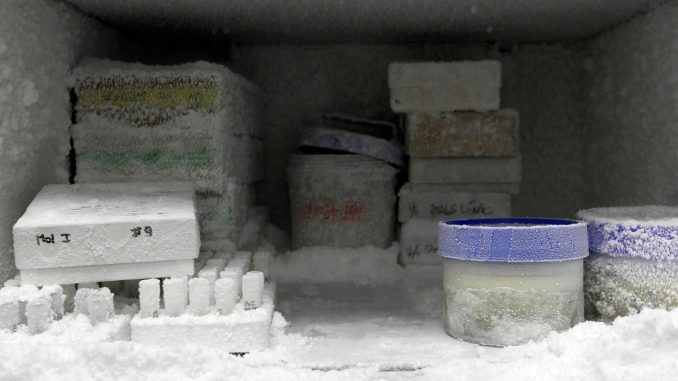
Demystifying Freezer Storage: The Facts
Preserving food in the freezer might seem like an eternity-long solution to food spoilage problem, but the reality begs to differ. There’s a definite limit to how long you should store different types of foods, like bread, meat, and leftovers, in your freezer. The Nutrition Center advises exactly that — taking out a loaf of bread after it’s been sitting in your freezer for a couple of months, and the same rule goes for minced meat. This raises the question, why isn’t food storage in a freezer indefinite?
What Happens to Food in a Freezer
Wageningen University & Research’s professor of food microbiology, Marcel Zwietering, provides an answer. He explains that when food is stored in a freezer, all microbiological spoilage processes come to a halt due to the -18-degree temperature. Nonetheless, other spoilage reactions like fat oxidation, which can cause fatty products like ice cream or meat to become rancid, do still occur. Such reactions will alter the taste of the food, but they won’t necessarily make you sick. Another effect is the gradual drying out of products like bread, reducing their taste quality. While it doesn’t affect the nutritional value of food, the longer your food sits in the freezer, the more you compromise on its quality and taste.
Duration of Food Storage in Your Freezer: From Bread to Bananas
The Nutrition Center provides recommendations for different types of foods. You should ideally consume frozen bread within a month and pork within two months. However, a frozen banana can be good for up to a year! Surely, if after five years you fancy a slice of bread that’s been in your freezer all this while, the experience will be less than pleasant. The bread will feel dry to the touch, and its taste will be significantly diminished.
Food Safety: Senses to the Rescue
The next time you’re unsure about whether to eat that leftover spaghetti that’s been in your freezer longer than you can remember, consider this piece of advice: use your senses. If the food smells, looks, or tastes bad, it’s best not to consume it. It’s also essential to understand the difference between ‘best before’ and ‘use by’. The former indicates a period within which the food product will taste best, and the latter signifies the date after which the product may not be safe to consume.
Freezing and Defrosting: Key Considerations
When freezing food items, always try to freeze them in small portions. This way, you will only need to defrost what you need, and there will be less room for wastage. Avoid freezing, defrosting, and then refreezing food, as this can lead to the formation of larger ice crystals, which might affect the food’s cellular structure and its texture.
Effective Freezing Tips: Enhance Your Food Preservation Process
For added efficiency to your freezing process, also consider blanching vegetables before freezing them. Blanching reduces the deterioration process and enhances the vegetables’ preservation. Regularly defrost your freezer to ensure optimal performance. When defrosting frozen meat or other meals, avoid placing them on a heater as this can increase the risk of bacteria growth. It’s safer to thaw food in the refrigerator or using a microwave’s defrost function. In the end, remember: variety is the spice of life. Switch between fresh meals, frozen meals, and frozen vegetables often. This way, not only will you ensure nutritional balance but also make your meals enjoyable and fresh!

Be the first to comment